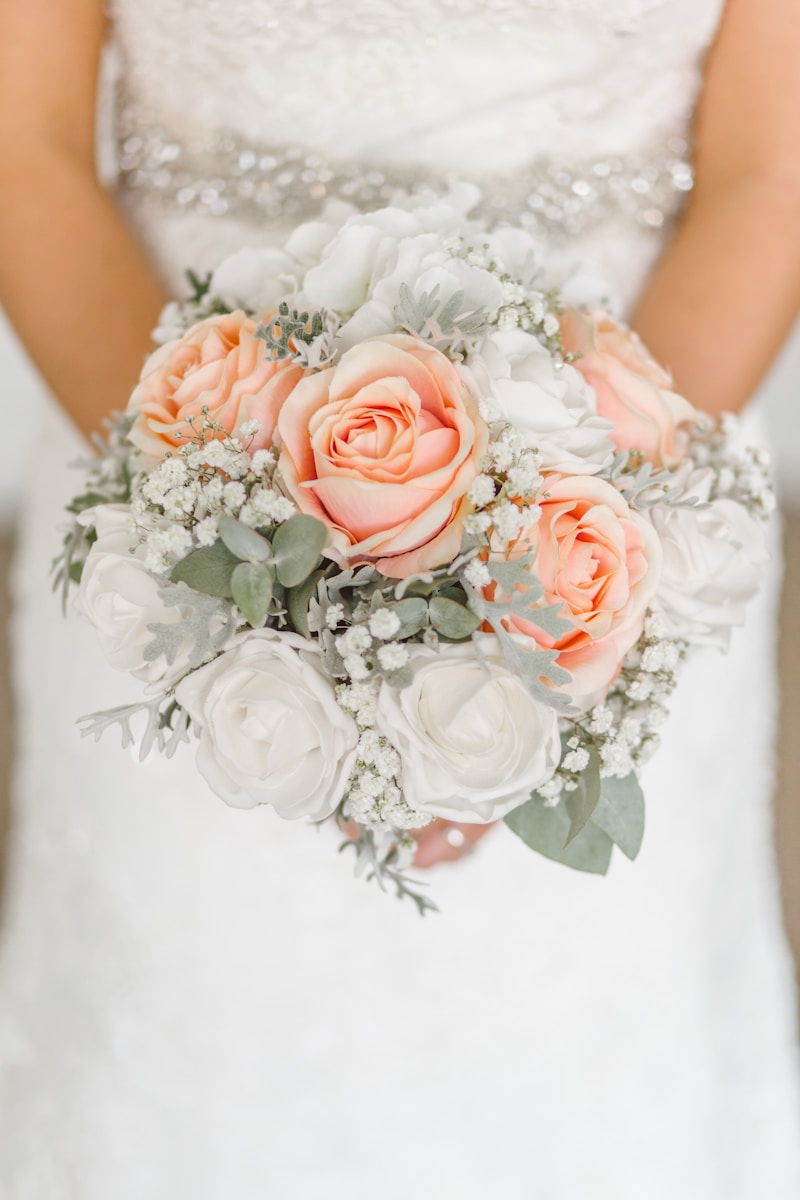Exploring Traditional Wedding Symbols: A Journey Through Culture and Meaning
Weddings are celebrated in various forms across the globe, and each culture brings its unique set of traditions and symbols that hold deep meaning. Understanding these traditional wedding symbols not only enriches the wedding experience but also allows couples and guests to appreciate the significance behind these rituals. In this article, we will delve into some of the most prominent traditional wedding symbols from various cultures around the world, exploring their meanings and importance.
The Essence of Traditional Wedding Symbols
Traditional wedding symbols often reflect the values, beliefs, and heritage of a particular culture. They can range from physical objects such as rings and flowers to actions such as dances or rituals. These symbols are imbued with significance and often represent love, unity, fertility, and prosperity. Let's take a closer look at some common traditional wedding symbols across different cultures.
1. The Wedding Ring
The wedding ring is perhaps one of the most universal symbols of marriage. Traditionally, the circular shape of the ring signifies eternity, as it has no beginning or end. In many cultures, the act of exchanging rings during the wedding ceremony symbolizes the couple’s unending love and commitment to one another.
2. The Bouquet
A bridal bouquet is another significant symbol in weddings. In Western traditions, the bouquet is often composed of a variety of flowers, each with its unique meaning. For example, roses symbolize love, while lilies represent purity. The act of tossing the bouquet at the reception is believed to ensure good luck and future happiness for the single women in attendance.
3. The Veil
The wedding veil has various meanings depending on cultural contexts. In many cultures, it symbolizes modesty and purity. For instance, in Western weddings, brides traditionally wear white veils, which signify innocence. In some cultures, the veil is used to ward off evil spirits, protecting the bride on her journey to marriage.
| Symbol | Meaning | Cultural Significance |
| Wedding Ring | Eternity and commitment | Common globally |
| Bouquet | Love and purity | Popular in Western weddings |
| Veil | Modesty and protection | Various cultural interpretations |
4. The Jumping of the Broom
This tradition, primarily associated with African American weddings, symbolizes the couple’s commitment to building a home together. Jumping over a broom signifies leaving behind single life and embracing married life. This practice is filled with historical significance, as it represents the resilience and strength of African American couples in overcoming societal barriers.
5. The Cake Cutting
The cutting of the wedding cake is a sweet moment filled with meaning. Traditionally, the cake symbolizes prosperity and good fortune. In many cultures, it is customary for the couple to feed each other a piece of cake, representing their commitment to providing for one another throughout their life together.
6. The Unity Candle
The unity candle ceremony is a beautiful ritual in many Western weddings where the couple lights a single candle together, symbolizing their union. This act of merging two flames into one signifies the blending of their lives and families. The unity candle represents their journey towards a shared future, filled with love and togetherness.
7. Food as a Symbol of Abundance
Food plays a significant role in wedding celebrations across various cultures. Certain dishes are often prepared or served to symbolize abundance and prosperity, ensuring the couple's life together is filled with plenty. For example, in Chinese weddings, serving dumplings is believed to bring wealth and fortune to the couple.

Related FAQs on Traditional Wedding Symbols
What are some unique wedding symbols found in different cultures?
Various cultures have their unique wedding symbols. For instance, Indian weddings may include the 'Mangalsutra,' a sacred necklace symbolizing marriage, while Mexican weddings feature the 'lazo,' a rope or cord symbolizing unity.
Can traditional wedding symbols vary over time?
Yes, traditional wedding symbols can evolve over time as cultures change and intermingle. Couples today may choose to incorporate modern interpretations of traditional symbols to reflect their unique love story.
How important are traditional wedding symbols to the wedding ceremony?
Traditional wedding symbols hold significant importance as they bring depth and meaning to the ceremony. They serve as reminders of the couple’s commitment and shared values, enhancing the overall experience for both the couple and the participants.
Conclusion
Traditional wedding symbols are integral to celebrating love and commitment across cultures. Each symbol carries its unique meaning, contributing to the rich tapestry of wedding ceremonies worldwide. As couples navigate their wedding planning journey, incorporating traditional wedding symbols can enhance the significance of their special day. Remember that investing time in understanding these symbols can lead to a more meaningful celebration, one that honors both heritage and personal love stories. Whether it's the exchange of rings, the cutting of the cake, or jumping the broom, these symbols connect couples to their cultures and to each other in the most profound ways.
Considerations: While traditional symbols add depth to weddings, couples should feel free to personalize their ceremonies. Blending traditional elements with modern touches can make the celebration uniquely their own, ensuring a memorable and heartfelt event.